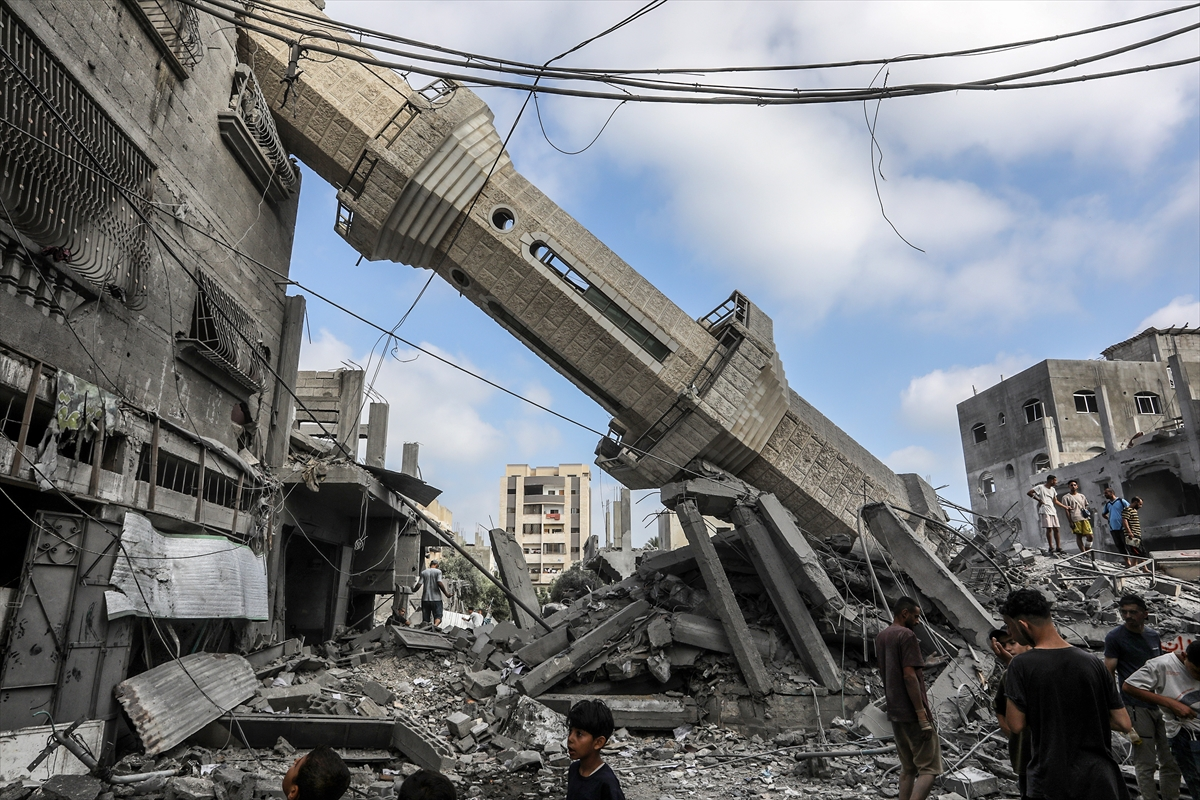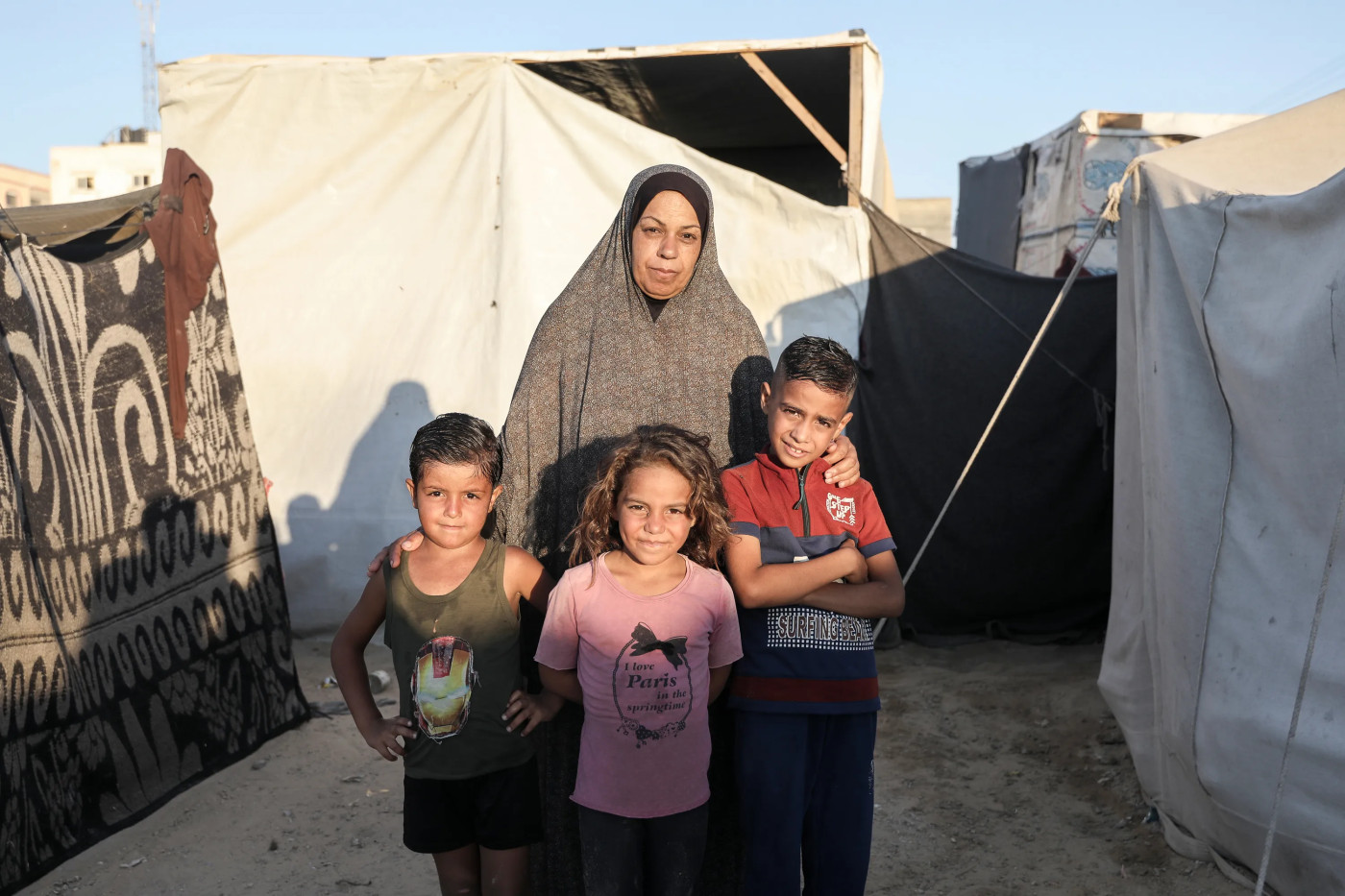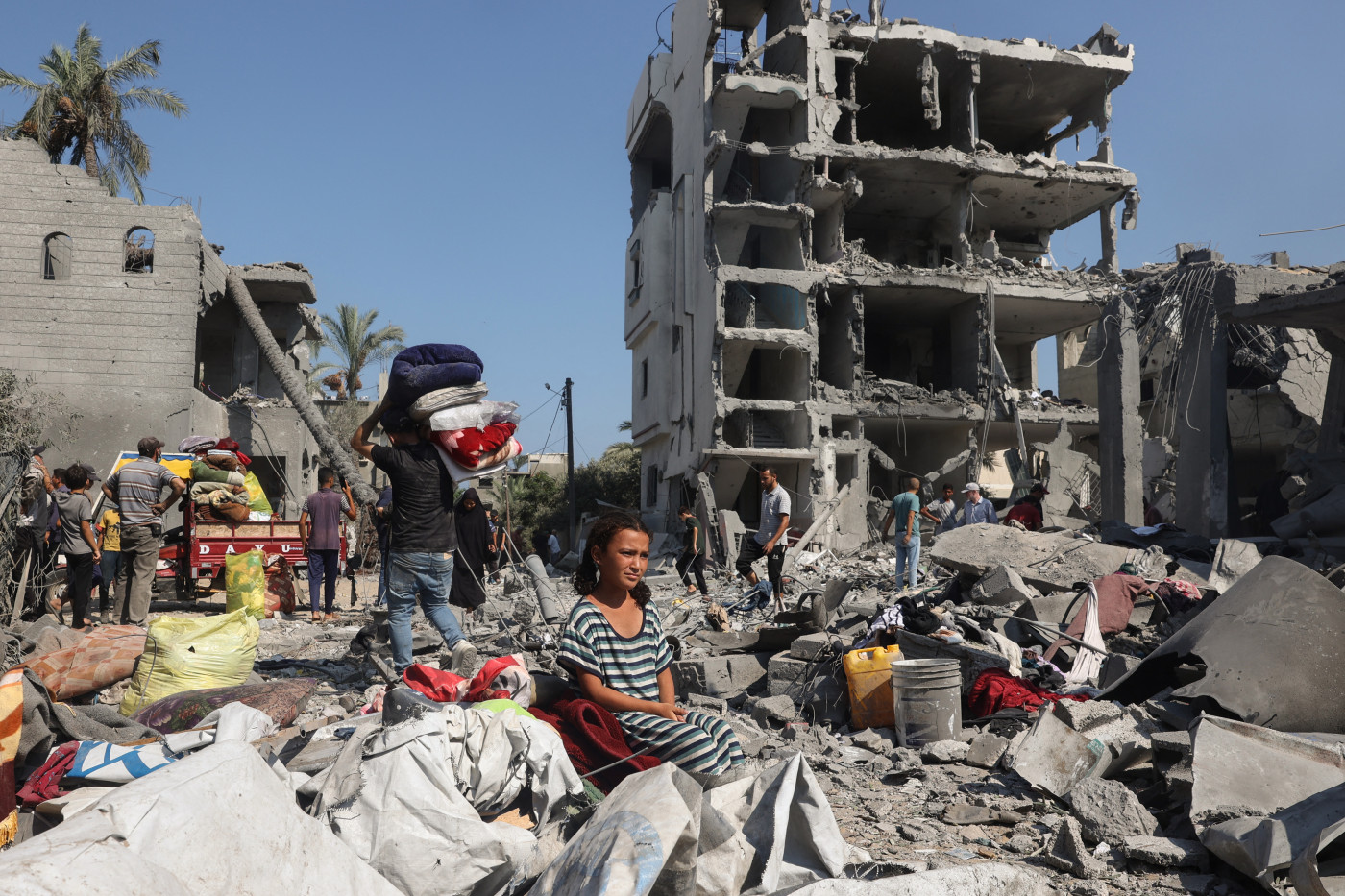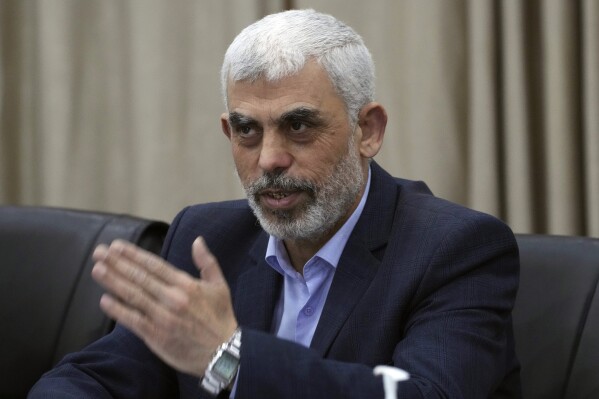Russia's Fastest Advances in Ukraine Since Spring 2022 'Will Likely Slow'
Russia has gained territory in northeastern and eastern Ukraine at the fastest pace since Moscow's forces initially swept into its neighbor in February 2022, new analysis shows, although deep doubts swirl over whether Russia can sustain this rate of gains in the east.
Across Ukraine, Russia has been advancing around six square kilometers each day since March 2024, which is more than double the average daily gains for between August 2023 and February 2024, said Angelica Evans, a Russia researcher with the U.S.-based think tank, the Institute for the Study of War (ISW).
Russia claimed the strategic Donetsk city of Avdiivka—a former Ukrainian stronghold— after months of bitter fighting in February 2024 and has been moving west at a much faster pace in the region in the nearly six months since capturing the settlement.
Since Avdiivka fell, Russia has been advancing roughly two square kilometers each day to the west of the settlement, towards the Ukrainian-held Donetsk logistics hub of Pokrovsk. Before capturing Avdiivka, Moscow advanced around 0.2 square kilometers a day in the area, the ISW said.
A few months after Ukraine pulled back from Avdiivka, Moscow also opened up another front through a cross-border offensive into Ukraine's northeastern Kharkiv region, quickly gaining territory close to Ukraine's second-largest city, Kharkiv, and to the east, around the border city of Vovchansk.
Combined, these pushes from Russia into Ukraine's northeast and along the eastern frontlines have yielded approximately 900 square kilometers of territory in Ukraine since March 2024, Evans told Newsweek.
When Russia launched its full-scale invasion of Ukraine in February 2022, the Kremlin quickly expanded its reach from parts of the Donetsk and Luhansk regions that were under separatist control to swathes of north and eastern Ukraine.
Moscow has also held Crimea, a peninsula to the south of mainland Ukraine, since 2014. Ukraine retook territory, including in Kharkiv, during a lightning counteroffensive in fall 2022.
Excluding the initial six months of the Kremlin's invasion, when Russia scooped up rapid and expansive territorial gains, Moscow's forces have, since March, secured the most rapid advances of the full-scale war so far. U.S. officials and analysts have repeatedly described Russia's advances as incremental, delivered at a huge cost to Moscow's personnel and its reserves of military equipment.
Before seizing Avdiivka, Russia was battling through "heavily fortified areas that Ukraine had spent nearly ten years building up," Evans said. But once inside the city, Moscow was faced with carrying out infantry-led assaults in more urban areas, yielding slower advances.
West of Avdiivka, however, Russia has encountered smaller settlements and open fields, its fighters pitted against "limited Ukrainian fortifications manned by exhausted Ukrainian units," Evans said.
"Ukrainian forces have fallen back to more defensible positions west of Avdiivka several times, allowing Russian forces to make rapid marginal advances in relatively undefended fields," Evans continued.
Kyiv has contended with delayed shipments of Western military aid earlier this year, leaving its forces scrambling for air defense assets and artillery ammunition, and facing challenges in replenishing the ranks of its fighting forces.
"Russian forces were able to exploit these materiel and manpower constraints during this time to make tactically significant advances west of Avdiivka," Evans said.
The speed of Russia's advances indicates the pressure Ukraine's armed forces find themselves under, as well as the impact shortages in vital supplies are having on Kyiv's ability to hold ground, agreed Nick Reynolds, a research fellow in land warfare with the London-based Royal United Services Institute (RUSI) think tank.
"The pressures and losses that both sides continue to impose on each other make for an unpredictable dynamic," he told Newsweek.
Russia's actions west of Avdiivka, as well as further north around the strategic town of Chasiv Yar, show most clearly where Russia is making the most of its advantages over Ukrainian forces, including manpower, artillery and reserves of destructive glide bombs, Matthew Savill, military sciences director at RUSI, told Newsweek.
The ISW assessed that Russia gained around 217 square kilometers in January and February 2024.
During the following two months, Russia seized around 182 square kilometers of territory in Ukraine, followed by a spike throughout May, the ISW calculations indicate.
Russia took control of 353 square kilometers in May alone, the think tank said. This figure comes in just below the combined total for both June and July.
Whether Moscow can sustain its rapid advance, however, is questionable. Ukraine's GUR military intelligence agency told Newsweek earlier this month that it was "out of the question" for Russia to launch a wide-scale offensive this summer. Western experts agreed that long months of attritional warfare, designed to grind down Ukraine, limited Russia's ability to get a new offensive going away from the push west of Avdiivka.
In this sector, too, Russia's advances "will likely slow" as Moscow's troops head further towards Pokrovsk, coming up once again against more residential and built-up areas, Evans said.
Pokrovsk has been referred to as a "fortress" settlement, key to Ukrainian defenses in the east and connected to other critical defensive cities, like Sloviansk, Kramatorsk, Druzhkivka, and Kostiantynivka.
If Russia maintains its pace of advance, it could hypothetically reach Pokrovsk in around two to three months, former Ukrainian colonel, Serhiy Hrabsky, told Newsweek.
But this depends on how long Russia can sustain its current level of operations, and whether Ukraine manages to change the dynamic by leveraging resources like the freshly-operational F-16 fighter jets now flying in Ukraine's skies, Hrabsky said.
Disclaimer: The copyright of this article belongs to the original author. Reposting this article is solely for the purpose of information dissemination and does not constitute any investment advice. If there is any infringement, please contact us immediately. We will make corrections or deletions as necessary. Thank you.



